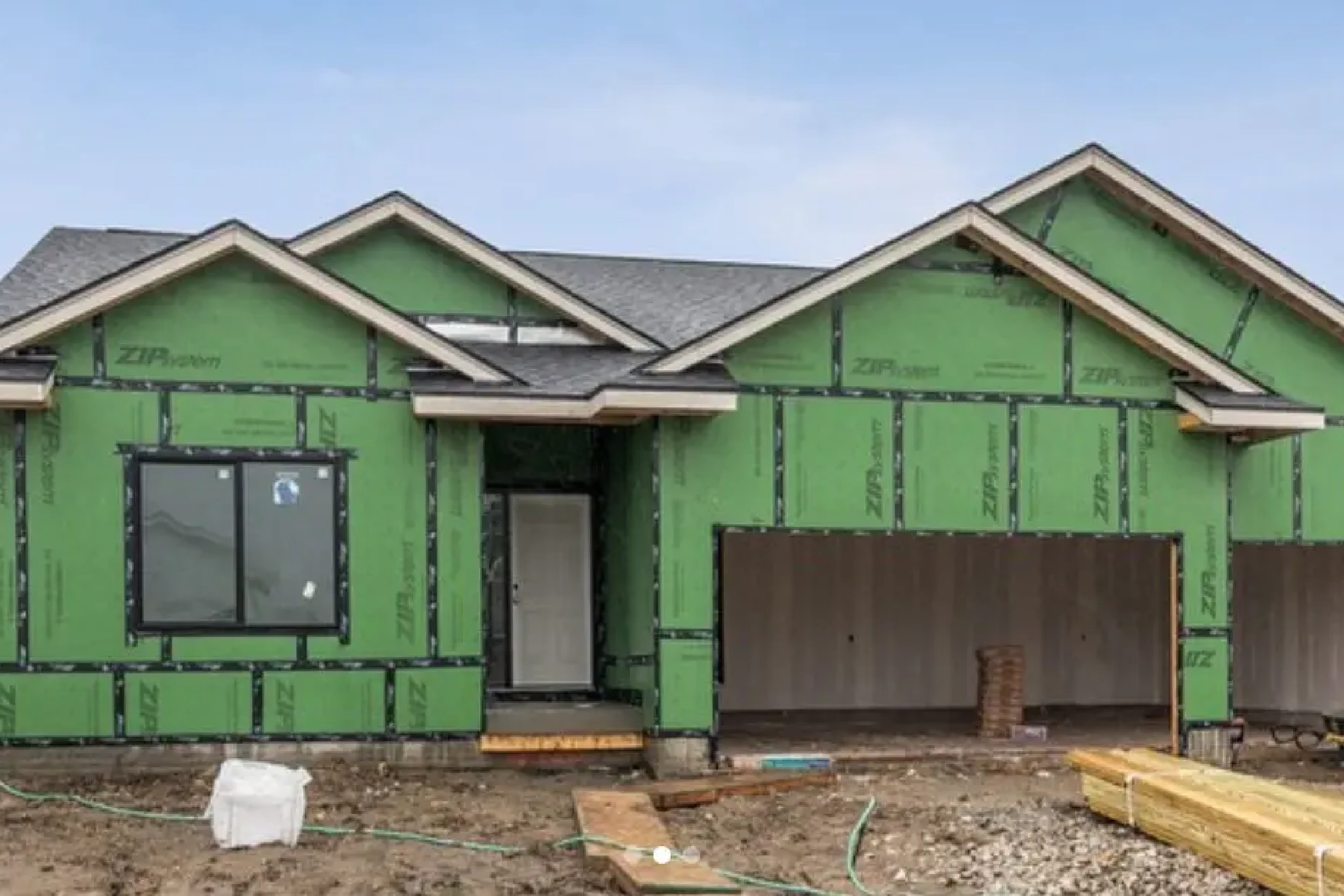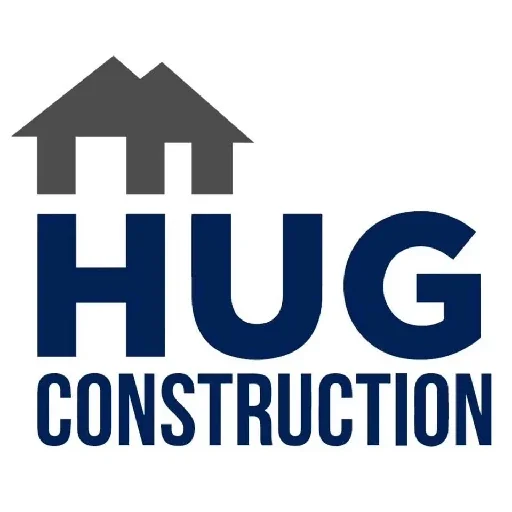
Building Better in Washington: Understanding Continuous Insulation
Washington State is stepping up its commitment to energy efficiency. New residential construction projects are required to incorporate continuous insulation to meet updated energy codes. But what exactly IS continuous insulation, and why is it so important?
Continuous Insulation: The Basics
Think of your home like a winter coat. Traditional insulation, like the fluffy filling in your coat, does a good job of keeping you warm. But what about those gaps where the zipper doesn’t quite meet or the wind sneaks through the seams? That’s where continuous insulation comes in.
Continuous insulation is a layer of insulation that runs uninterrupted over the entire exterior wall surface of a building. It creates a continuous barrier against heat flow, preventing thermal bridging – those pesky gaps in traditional insulation where heat can escape.
Why Washington Requires Continuous Insulation
The Washington State Energy Code is designed to reduce energy consumption and greenhouse gas emissions. Continuous insulation plays a key role in achieving these goals by:
- Improving energy efficiency: By minimizing heat loss, continuous insulation reduces the amount of energy needed to heat and cool your home.
- Enhancing comfort: Continuous insulation helps maintain a consistent indoor temperature, reducing drafts and cold spots.
- Increasing durability: By preventing condensation within walls, continuous insulation can help prevent moisture damage and mold growth.
Benefits Beyond Compliance
While complying with building codes is essential, continuous insulation offers a host of other advantages:
- Lower energy bills: Reduced energy consumption translates to lower monthly heating and cooling costs.
- Increased home value: Energy-efficient homes are more attractive to buyers, potentially increasing your home’s resale value.
- Environmental responsibility: By reducing energy use, continuous insulation contributes to a smaller carbon footprint.
- Improved soundproofing: Continuous insulation can help reduce noise transmission from outside.
Cost Considerations
While continuous insulation adds to upfront construction costs, it’s important to consider the long-term return on investment.
- Reduced energy bills can offset the initial expense.
- Increased home value can provide a financial benefit.
- Some builders may offer financing options to make continuous insulation more affordable.
Continuous Insulation in Different Applications:
- New Residential Construction: In new homes, continuous insulation is typically installed on the exterior of the wall sheathing, before the siding is applied.
- Residential Remodels: During renovations, continuous insulation can be added to existing walls, either on the exterior or interior.
- Commercial Construction: Continuous insulation is also becoming increasingly common in commercial buildings, helping to meet energy efficiency standards and reduce operating costs.
Choosing the Right Type of Continuous Insulation
There are various types of continuous insulation available, including:
- Rigid foam boards: These are the most common type, offering excellent insulation value and moisture resistance, for example.
- Spray foam insulation: This can be sprayed into cavities and gaps, creating a seamless air barrier.
- Mineral wool insulation: This is a more sustainable option made from natural materials.




